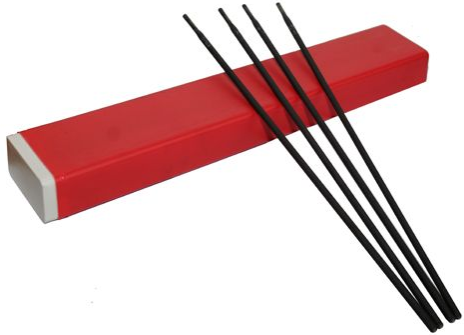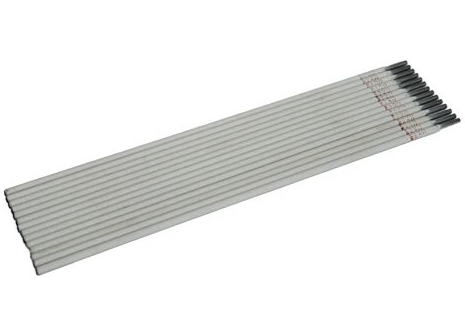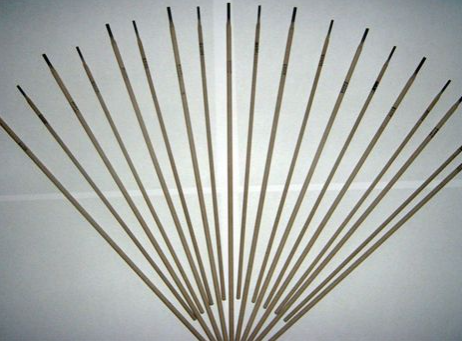Stick welding takes practice to master, and choosing the right electrode for the job can be equally challenging.
Welding rod selection
There are several types of welding rods to choose from, each offering different mechanical properties and operating with a specific type of welding power source. There are several factors to consider in electrode selection.
Base metal properties
Tensile strength
Welding current
Base metal thickness, shape, and joint assembly
Welding position
Specifications and conditions of use
Environmental working conditions
Please understand these factors in detail before starting the machine and picking up the electrode holder.

AWS A5.11 ENiCrFe-3
Base metal properties
The first step in selecting an electrode is to determine your base metal composition. Your goal is to match (or closely match) the electrode composition to the base material type, which will help ensure a strong weld. If you are in doubt about the base metal composition, ask yourself the following questions.
What does the metal look like? If you are working with a damaged part or assembly, check for rough and grainy inner surfaces, which usually means the base material is cast metal.
Is the metal magnetic? If the base metal is magnetic, then the base metal is most likely carbon or alloy steel. If the base metal is not magnetic, the material could be manganese steel, 300 series austenitic stainless steel, or a non-ferrous alloy such as aluminum, brass, copper, or titanium.
What kind of sparks are emitted when metal is touched by the grinder? As a rule of thumb, more flare in the sparks indicates a higher carbon content, such as A-36 grade steel.

AWS A5.1 E6011
Will the chisel "bite" into the base metal or bounce off? A chisel will bite into softer metals, such as mild steel or aluminum, and bounce off harder metals, such as high-carbon steel, chromium-molybdenum, or cast iron.
Tensile Strength
To prevent cracking or other welding discontinuities, match the minimum tensile strength of the electrode to the tensile strength of the base material. You can identify the tensile strength of a rod electrode by referring to the first two digits of the AWS classification printed on the side of the electrode. For example, the number "60" on an E6011 electrode indicates that the filler metal produces a welded channel with a minimum tensile strength of 60,000 psi, so it will work well with steels of similar tensile strength.
Welding positions
To determine which positions are suitable for a particular electrode, refer to the third digit in the AWS classification. Here is how you can interpret the qualified electrode positions.
1 = flat, horizontal, vertical, and overhead
2 = Flat and horizontal only
For example, the 7018 electrodes can be used in flat, horizontal, vertical, and overhead positions.

AWS ECI
Specifications and Conditions of Use
Be sure to evaluate the conditions that the welded part will encounter throughout its use. A low hydrogen electrode with high ductility will reduce the chance of weld cracking if it is used in a high-temperature or low-temperature environment subjected to repeated shock loads. Also, if you are involved in critical applications such as pressure vessel or boiler fabrication, be sure to check welding specifications. In most cases, these welding codes will require you to use a specific type of electrode.
Environmental Working Conditions
For best results, you should always remove excess oxide, rust, moisture, paint, and grease. The clean base metal will help prevent porosity and increase travel speed. If it is not possible to clean your base metal, the E6010 or E6011 electrode provides a deeply penetrating arc with the ability to penetrate contaminants.
Choosing a Welding Rod
Considering the above factors will help you overcome the challenge of selecting the correct rod electrode for your specific application. However, given the wide range of electrodes available, multiple solutions may exist for one application. If you need additional assistance with electrode selection, your local welding supply distributor or a company representative from a reputable filler metal manufacturer can serve as a good resource.










